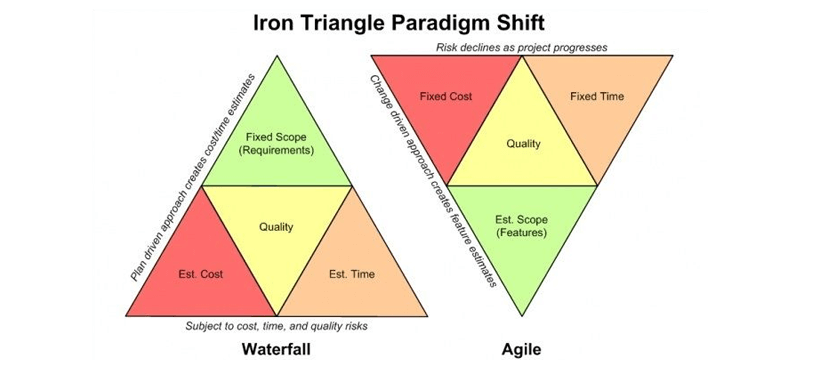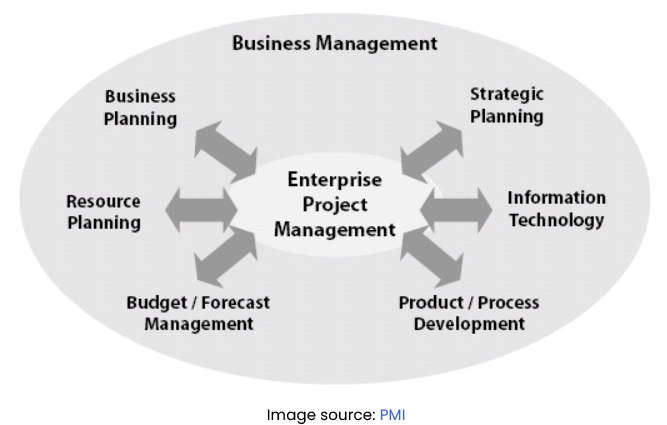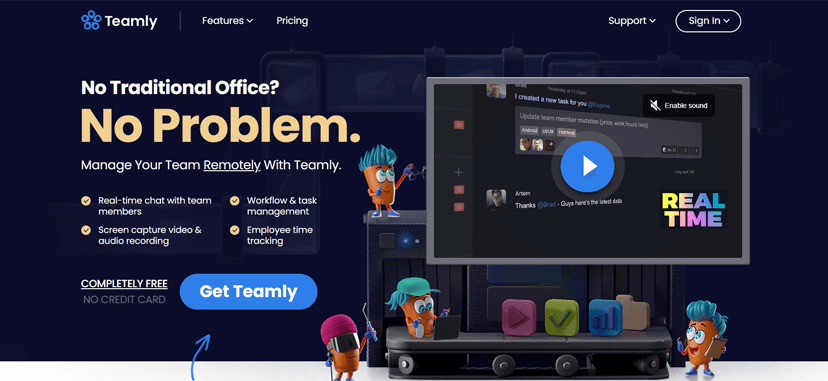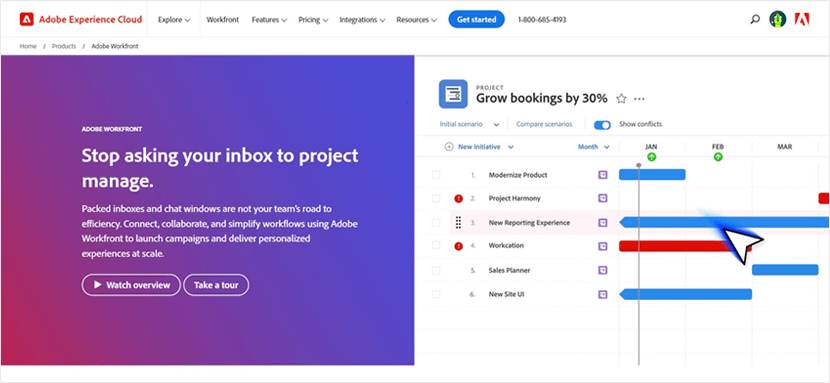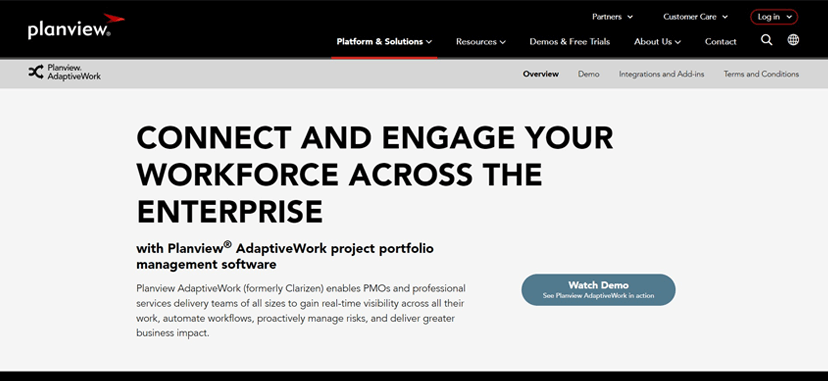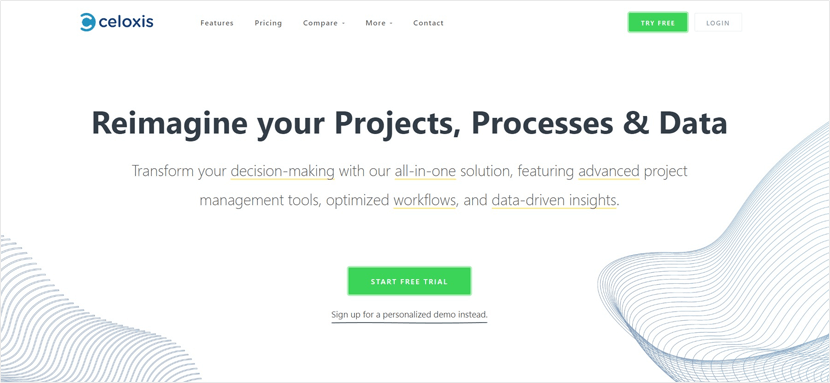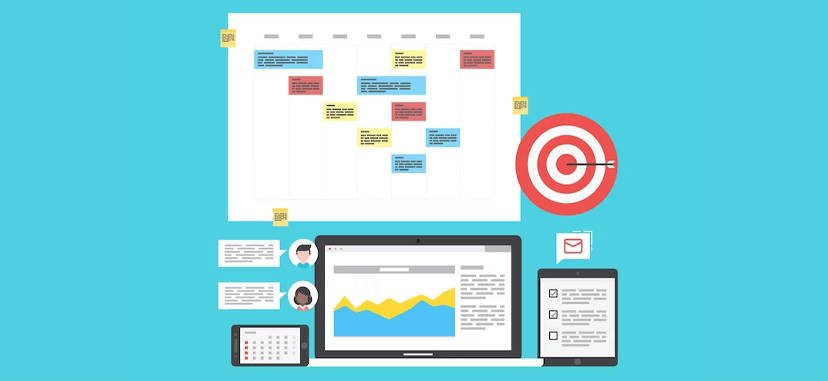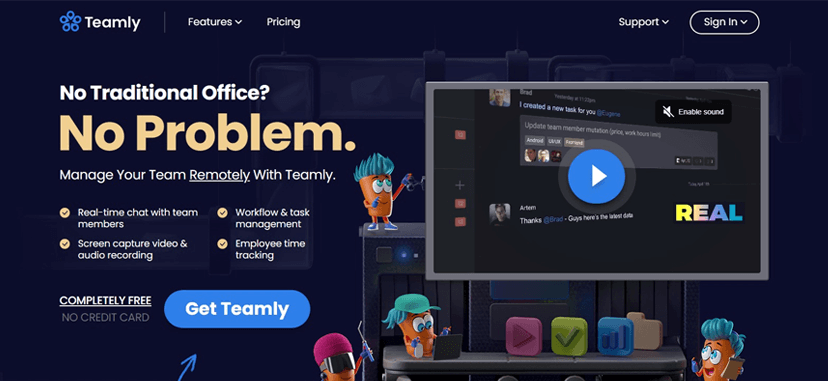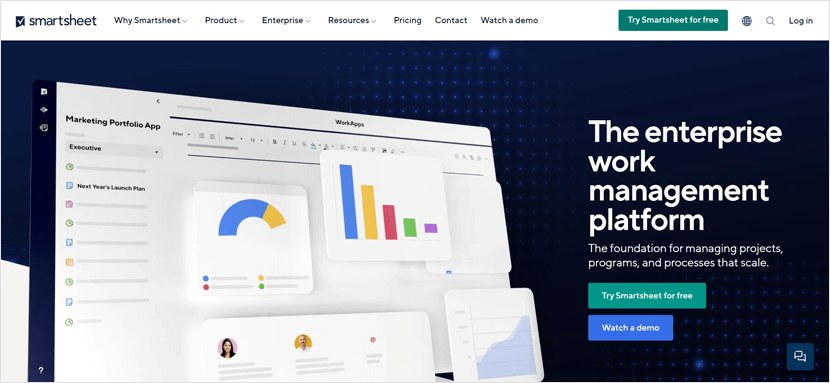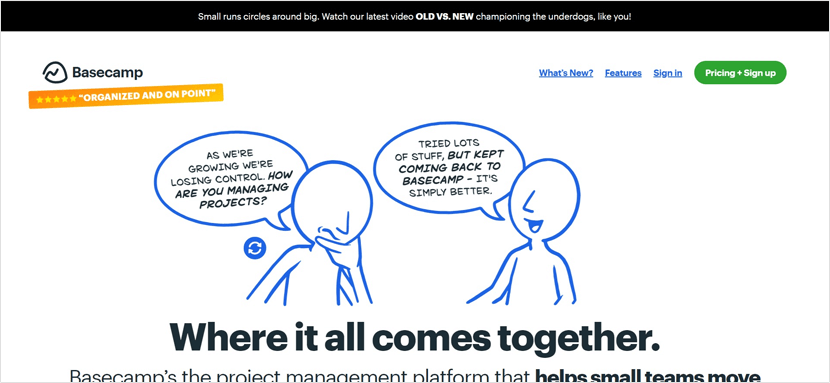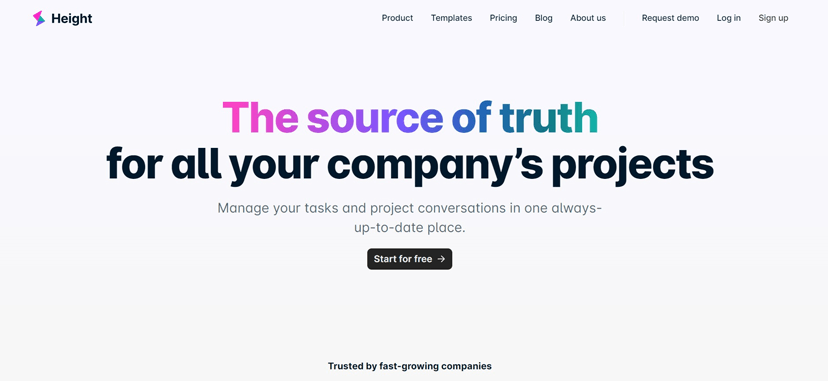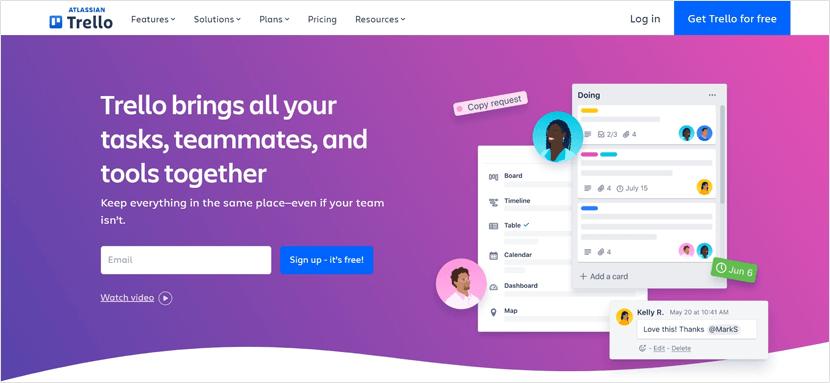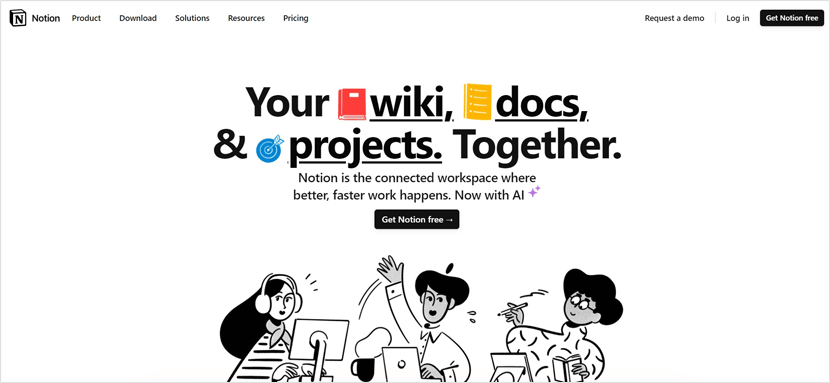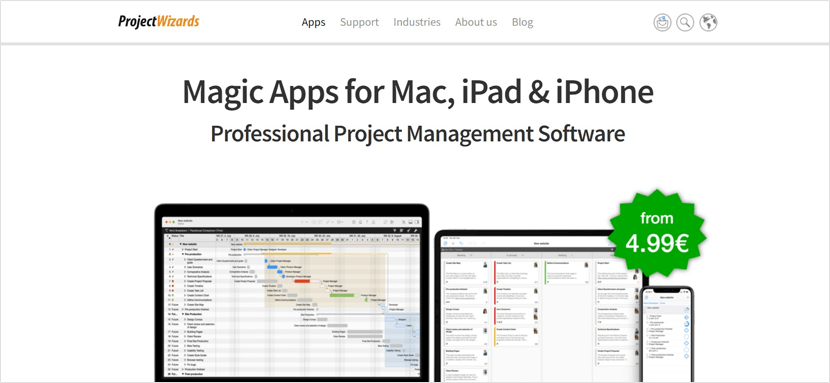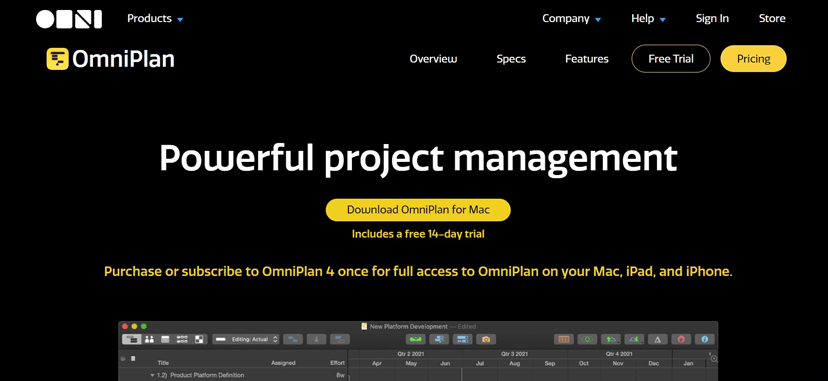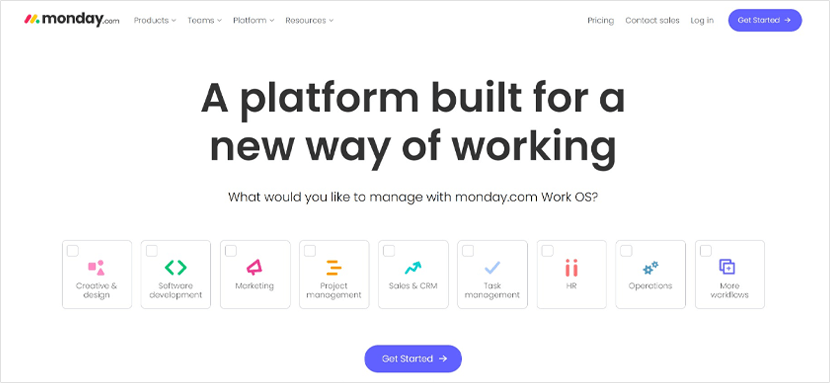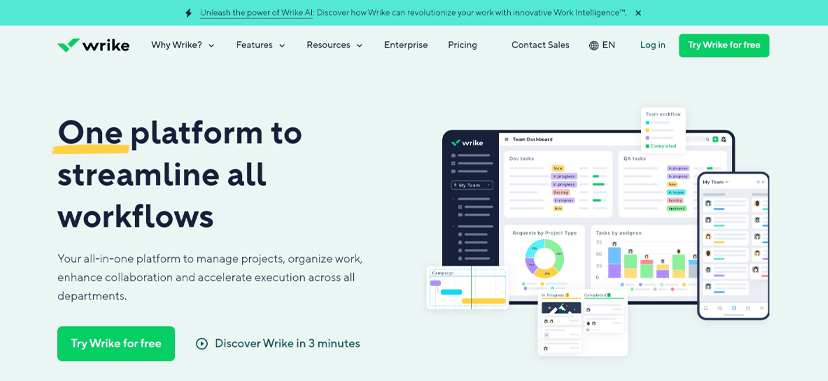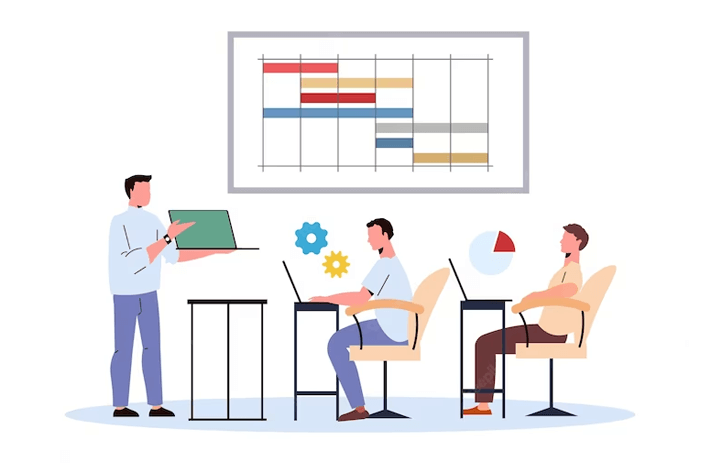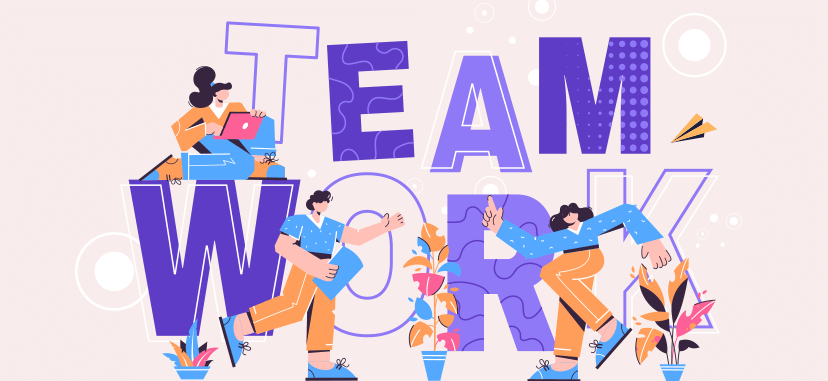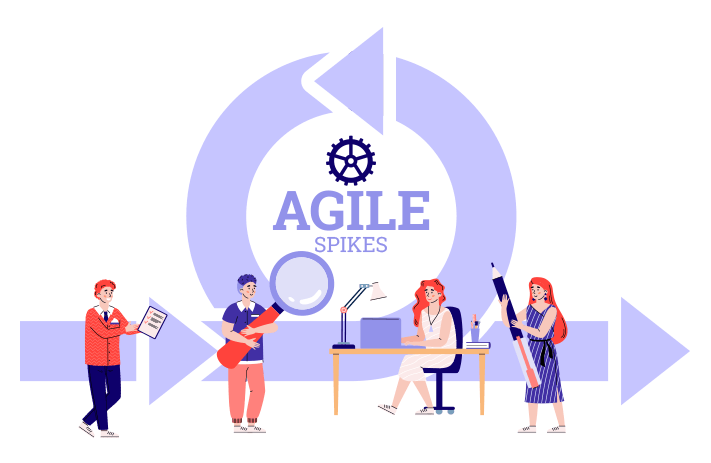Teamwork stories pack a powerful punch. They inspire and spark collaboration. They teach us about trust, communication, and the art of problem-solving. These stories remind us that together, we can reach heights we never thought possible.
In this blog post, we’re going to explore real-world teamwork stories – stories that are both exciting and motivating.
Ready to discover the path to success? Let’s dive in.
Five Teamwork Stories: True Tales of Collaboration.
Great teams have five essential building blocks: cooperation, trust, harmony, humiliation, and appreciation. These blocks are the solid ground that helps teams work well and reach their goals.
Now, let’s look at each one to see how they make teams strong and successful.
1. The Braintrust: Fearless Talk and Trust.
In the world of animation, something big was happening: Pixar was creating “Toy Story.”
The big goal had been set: to change how we tell stories and make animated films. And behind the scenes, a group of creative people got together to make this dream come true.
At the center of all this creativity was something special –”The Braintrust.” The leader of this group was the director, John Lasseter, but it wasn’t about one person’s vision. It was about making a place where everyone’s ideas were important.
The Braintrust meetings were different from regular brainstorming sessions. Imagine this: a room full of talented people, each one an expert in their own way – artists, writers, and storytellers. They worked closely with the director, helping him to see the film from different points of view.
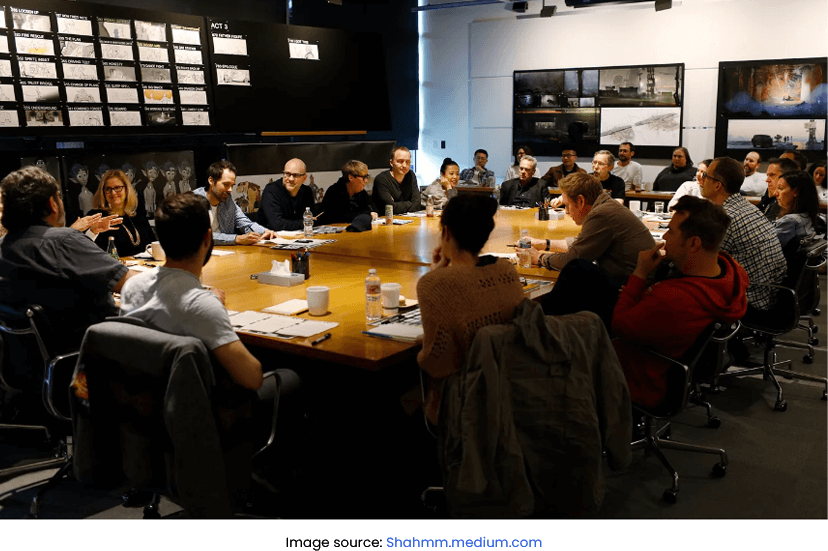
While making “Toy Story,” the Braintrust discussions became super important. Team members felt safe to share their thoughts and concerns about the movie’s progress. They knew their opinions were respected, and this safety allowed them to try new ideas.
The result of this unique approach wasn’t just a successful movie. It was a masterpiece that people all over the world loved. “Toy Story” captured hearts, and the Braintrust’s role in its success became famous.
The big lesson
The Braintrust shows how trust and the sense of safety can create something amazing. It reminds us that true magic happens in art and innovation when we feel safe sharing our ideas and hearing everyone’s perspectives.
In fact, a 2017 Gallup report revealed that organizations that focus on psychological safety witness a significant increase in employee engagement and, consequently, a noteworthy 12% rise in overall productivity.
2. Near-Telepathic Teamwork: How the U.S. Navy SEALs Achieves Brotherhood.
Our second story on teamwork takes us to the depth of the American military, where there’s an extraordinary group called the U.S. Navy SEALs. They’re famous for their daring missions and incredible bravery. But what truly makes them special is how well they can communicate and work together without even speaking.

Let’s meet John, a young recruit who dreams of becoming a SEAL. He knows that being a SEAL isn’t just about being a tough soldier. It’s about being part of a close-knit family.
John’s journey starts with tough training called BUD/S. It’s really hard, with lots of physical challenges. They train in a special way, doing drills that are like real combat situations. They learn to talk without talking, using signs, nods, and just looking at each other.
But the most important lessons are the ones that teach him to depend on his teammates. Even when things are tough, he learns that SEALs are strong because they can understand each other when it counts the most.
Going on a mission
One night, John’s team has a top-secret mission. They sneak up on their target without making a sound, using the non-verbal communication they’ve perfected.
In a fight where being quiet is important, John and his team use their way of talking without words. They move as one, knowing what the others will do without saying anything. This silent teamwork lets them deal with the danger quickly and quietly.
The big lesson
The U.S. Navy SEALs’ teamwork shows the importance of having shared experiences. Plus, it reminds us that it takes planning and practice to understand one another in no time. And when real challenges hit, that’s a precious skill to have in your team.
By the way, nearly one in three employees, which is about 28%, say that they struggle to finish their work on time because of problems with communication. This means that not being able to share information effectively at work can make it hard for many people to deliver their tasks by the set deadline. So, to create successful teamwork stories, make sure your team excels at communication across roles and locations.
3. Harmony in the Room: WHO’s Surgical Safety Checklist.
Wanna another short story on teamwork? Let’s head into the healthcare field.
In this world of big decisions, there is something small but amazing called the Surgical Safety Checklist. It’s a simple paper designed by the World Health Organization. A small piece of paper that makes a huge difference in the operating room, where the action you take has to be just right.
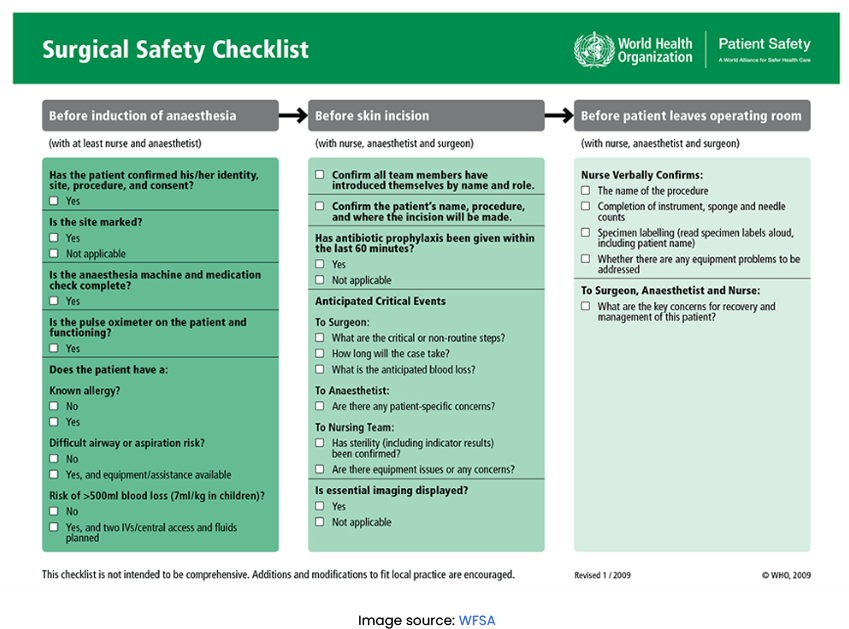
The Surgical Safety Checklist is like a rulebook that tells everyone exactly what to do. No one can skip it, and everyone has to follow the same steps.
The magic of the checklist starts before they even begin the surgery. The team discusses the patient, the upcoming surgery, and any concerns they might have. This ensures that everyone can speak up if they’re uncertain about something.
During the surgery, the checklist guides them at every step. They pause to check important things, count their tools meticulously, and confirm information about allergies or the need for blood.
As they work, the checklist ensures that everyone communicates using the same “language.” Surgeons communicate seamlessly with nurses, and anesthetists coordinate with technicians, all following the same processes.
After the surgery, they use the checklist again to ensure nothing is overlooked. They recount their tools and address any issues before the patient leaves the operating room.
The big lesson
In projects, using a shared approach and a rulebook makes a big difference. Problems happen less often, and clients are safer. And here’s the best part. What may seem a scary place where things can go wrong becomes a workplace of trust and confidence.
4. When Teamwork Outshines Stardom.
Among collaboration stories, The Chicago Bulls’ victory stands out strongly.
The legendary team was led by the incredible Michael Jordan, who was known for his greatness. He was the best at scoring points and being a leader on the court. But the path to winning championships wasn’t a journey he took alone; it was something they did together.

True, Jordan had some incredible teammates. Scottie Pippen was amazing at both offense and defense, making him a perfect partner for Jordan. Then, there was Dennis Rodman, who was like a rebounding machine and gave the team an extra boost.
The Bulls knew that in basketball, just like in life, success usually comes from working as a team. Jordan might have been the star, but he couldn’t do everything alone. His teammates knew their roles and did them really well. Pippen’s teamwork, Rodman’s hard work, and the efforts of others like Toni Kukoc, Ron Harper, and Steve Kerr were all vital for the team’s success.
The big lesson
Teamwork stories often highlight the remarkable achievements that can result from collaboration. Even Jordan, with all his greatness, knew that his teammates were crucial. He once said, “Talent helps you win games, but working as a team and being smart are what win championships.”
So, when the Bulls celebrated their championships with confetti falling all around, it wasn’t just Jordan holding up the trophy. It was a team that trusted each other and had a common goal. They proved that in the world of sports, just like in life and work, a team is stronger than one person. And that’s how a new story about teamwork is written.
5. Appreciation Ignites Innovation: The Story of 3M’s Post-it Notes.
Next, we move into the realm of corporate giants to learn another teamwork story for inspiration.
This story started back in 1968 when a guy named Spencer Silver worked at 3M as a scientist. He was trying to make a super-strong glue, but he accidentally made something different – a glue that stuck lightly to things and could be easily removed without leaving any mess behind.

At first, this discovery didn’t seem useful at all. It was like a solution to a problem that nobody had. But Spencer didn’t give up. He saw a chance where others saw a mistake.
Spencer told his co-worker, Art Fry, about this strange glue during one of his talks. Art was a singer in a choir, and he had a little problem. His bookmarks kept falling out of his hymnal book during church. It was a small annoyance, but it bothered him.
Art realized that Spencer’s not-so-strong glue could solve his problem. He imagined making bookmarks that could stick to the pages but also be taken off and put back easily. This simple idea was the start of something big.
Spencer and Art worked together to make this idea even better. Soon, they had a prototype of what we now know as Post-it Notes. They used scrap paper from 3M’s lab and added Spencer’s special glue.
Then came a really important part of the story. 3M had a tradition where employees could share their cool ideas with the company’s leaders. Art and Spencer used this chance to show their invention.
During the presentation, Art showed how Post-it Notes worked, and the bosses were interested. But what really made the difference was that their co-workers and bosses appreciated what they had done. They got the support and help they needed to make and sell their new product.
The big lesson
We often turn to teamwork stories to understand the dynamics of successful groups. So, the story of Post-it Notes at 3M shows that giving credit is really powerful. It proves that just by recognizing your co-worker’s efforts, you can create something amazing that changes how we do things. In this case, a small problem turned into a product that’s worth billions, all because one person’s idea was appreciated.
Your Key Takeaway
The best teamwork stories aren’t just read. They’re lived, experienced, and cherished within the dynamic world of collaboration.
Think about it: When team members understand each other fast, it helps them talk better and trust each other more. Putting egos aside means people can grow and work well together. Following the same rules keeps things organized and efficient.
Appreciating each other, whether it’s saying “good job” or just being thankful, makes everyone feel happy and motivated. And when everyone feels safe in the team, they can take risks, solve problems, and be creative.
So, no matter where you work, remember that these teamwork qualities make your workplace better, happier, and more successful. And they can turn your collaboration stories into compelling narratives of achievement and growth.


